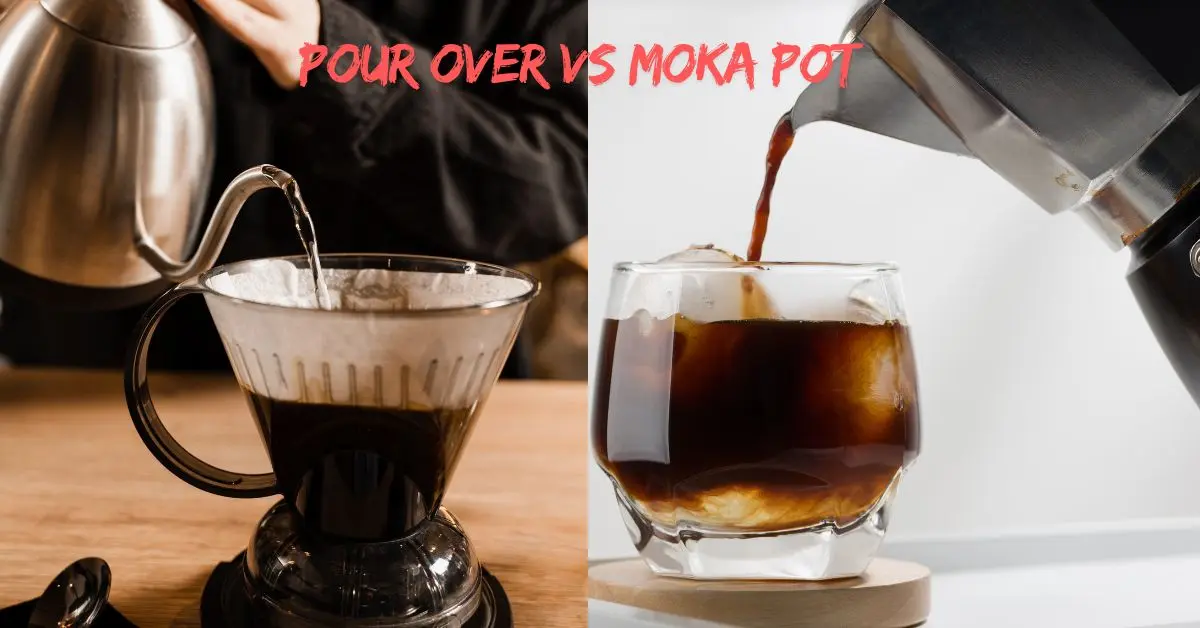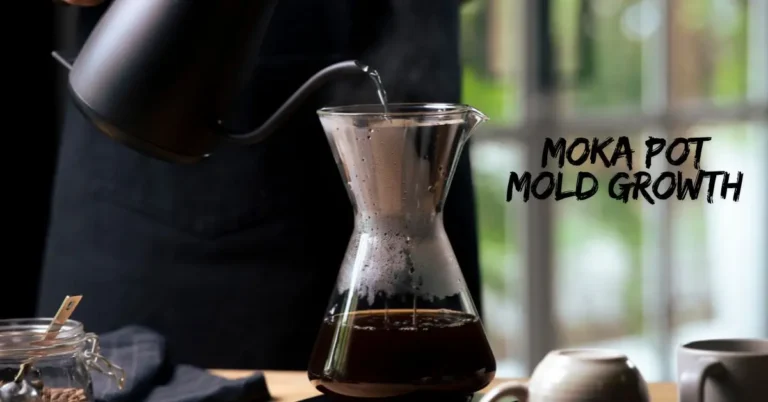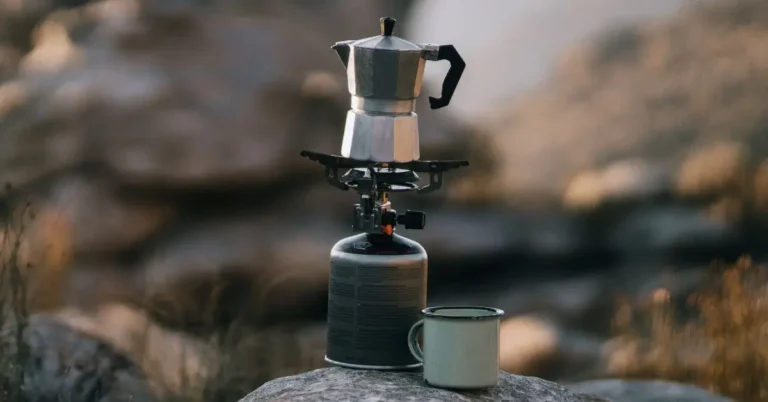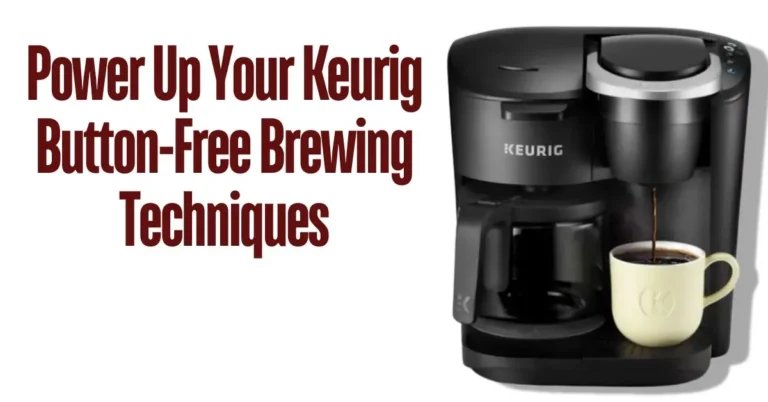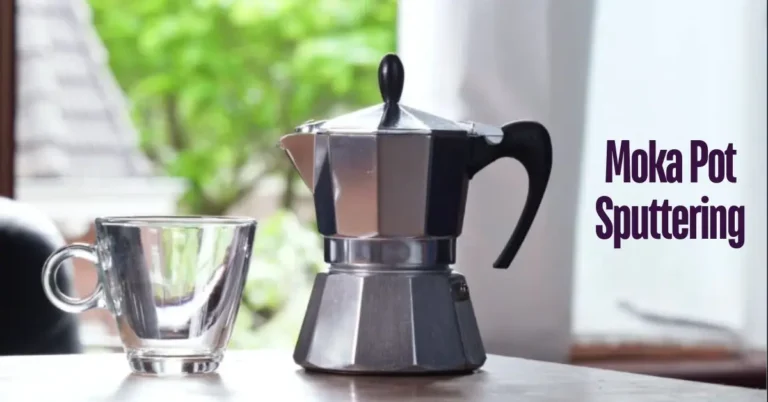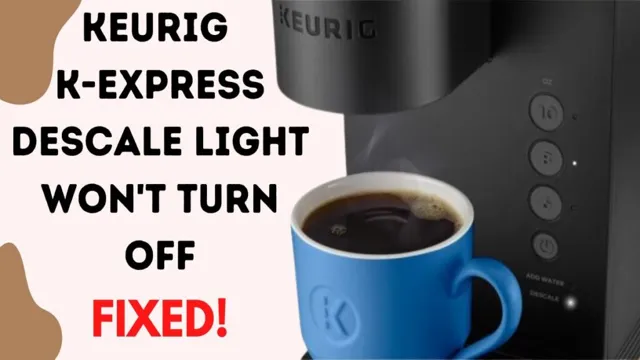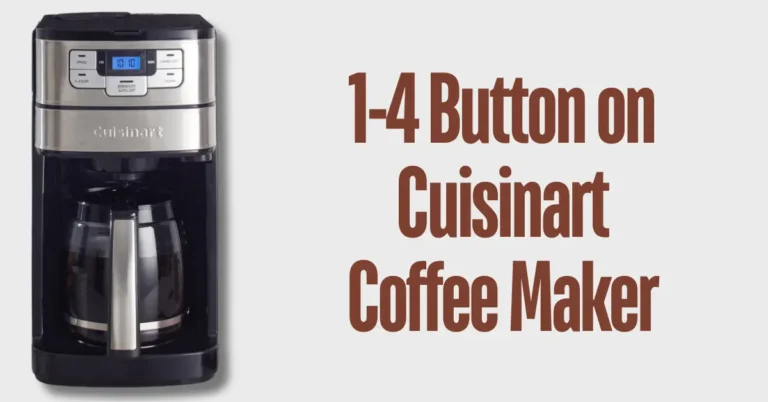Pour Over Vs. Moka Pot: Which Brews Better Coffee?
The fondness for the taste of coffee depends on someone’s preferences. Pour Over brewing process provides a clean and in-depth flavor of the beans. In contrast, Moka pot brewing delivers a bold, strong taste with a more complex flavor profile. So, the comparison between them sounds inappropriate as millions of coffee enthusiasts favor both brewing methods.
In this post, we will share the difference between these two popular brewing methods and other relevant information.
Read and learn.
Pour Over Vs. Moka Pot: The Head To Head Comparison
If you are a beginner in brewing coffee and want to know the difference between these two popular methods, this chart will be very useful.
| Aspect | Pour Over | Moka Pot |
| Flavor | Pour Over brewing delivers a very clean and detailed flavor. | Moka pot brewing produces a bold and strong taste. |
| Brewing duration | You can make it within 2 to 4 minutes. | It takes between 3 and 5 minutes. |
| Ease of use | Brewing Pour Over coffee is easier for anyone. | Moka pot brewing will require some practice to perfect. |
| Maintenance | Pour Over coffee brewer requires very simple maintenance. | Moka pot requires constant cleaning for better-tasting coffee. |
| Cost | This method is affordable for most users. | Moka pots are comparatively expensive. |
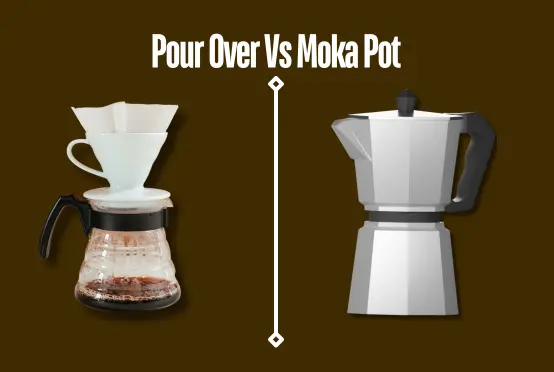
Pour Over Brewing: Healthy Coffee with More Control
Pour Over is a popular coffee brewing method worldwide because of its precise control. You can customize the water temperature, flowing technique, and brewing time effortlessly. A special type of paper filter is used in Pour Over brewing that removes sediments and harmful compounds from the coffee. That’s how it produces clean and tasty coffee with fine flavor and health benefits.
A. Equipment you will need for Pour Over brewing:
Pour Over brewing requires very simple and minimal equipment. Here is the list of items you will need:
- The Pour Over dripper for holding the coffee filter and grounds.
- A special paper for removing residues and oils from the coffee.
- A kettle with a gooseneck spout for flowing hot water.
- A mug or carafe to collect the brewed coffee.
B. The Pour Over brewing process:
Here is a simple Pour Over brewing process you can try:
- Boil the required amount of water for brewing. The optimal temperature for Pour Over coffee is between 195° and 205°F.
- Set the paper filter into the Pour Over dripper and rinse it with hot water. This technique will remove the papery taste and preheat the dripper.
- Add fresh coffee grounds to the filter and put the Pour Over dripper on top of the mug or carafe.
- Pour hot water over the coffee grounds slowly in a circular motion. Start pouring from the center and moving outward.
- Ensure that the coffee is dripping through the filter into a mug or carafe. The brewing should take around 2-4 minutes.
- After completing the brewing, remove the filter and enjoy freshly brewed Pour Over coffee.
C. Advantages and disadvantages of Pour Over brewing:
Advantages:
- This brewing gives you precise control and more customization facilities.
- Pour Over is the healthiest brewing method, as the paper filter removes harmful compounds from the coffee.
- It delivers the clean and authentic flavor of the coffee beans.
- The brewing process requires a few cost-effective equipment.
- Pour Over brewing is an art that will make you a proud home barista.
Disadvantages:
- The method wastes too much coffee grounds compared to the Moka pot.
- You will have to use multiple equipment for a single cup of coffee.
- It can be time-consuming as you have to boil water and brew coffee separately.
D. Popular Pour Over devices:
Nowadays, many Pour Over brewing devices are available in the market. Each of them has a unique design and particular brewing methods. If you can brew correctly using one, you will get delicious cups of coffee. Melitta, Kalita Wave, Hario V60, Bonmac, Clever Dripper, and Chemex are the most common Pour Over brewers.
Moka Pot Brewing: The Joy of Bold Flavor
Moka pot brewing has a special place among people who enjoy coffee’s bold and strong flavor. The technique is ideal for travelers and people in areas without electricity. Despite having many modern coffee machines, people still enjoy using Moka pot for its traditional appeal. Above all, Moka pot brewing is unique, which will give you a satisfying coffee experience.
A. Equipment you will need for Moka pot brewing:
Moka pot brewing requires comparatively fewer types of equipment. Here is the list of items you will need:
- A Moka pot for passing pressurized hot water through ground coffee.
- A gas or electric stove since the pot is designed to use on stovetops only.
- Freshly roasted medium-to-fine grind coffee.
- A coffee cup or mug to enjoy freshly brewed coffee.
B. The Moka pot brewing process:
Here is a simple Moka pot brewing process you can try:
- Fill the base chamber of the Moka pot with room-temperature water up to the safety valve.
- Load the funnel with finely ground coffee and place it on top of the bottom chamber. You don’t have to tamp the coffee ground.
- Screw the top and the bottom chamber tightly together.
- Place your Moka pot on a stovetop at medium heat.
- When you hear a gurgling sound, your Moka pot coffee is ready.
- Remove the pot immediately from the stovetop and let the coffee sit for a few seconds.
- Finally, pour the coffee into a cup, stir it, and enjoy.
C. Advantages and disadvantages of Moka pot brewing:
Advantages:
- Moka pots brewing produces a strong, full-bodied coffee with a rich flavor compared to other brewing techniques.
- It does not require any special skills or training except some practice.
- You can enjoy espresso-like coffee with a relatively inexpensive brewing method.
- Moka pots are portable, which you can take on trips or use in small spaces.
- The pot is made of stainless steel and aluminum, which is more durable than Pour Over brewers.
Disadvantages:
- You must need a stovetop as the heat source.
- This brewing method risks burning coffee or over-extraction, which can make coffee inedible.
- Moka pots require regular cleaning and maintenance.
- The grind has to be medium-fine to brew coffee in a Moka pot.
D. Popular Moka pot types
Moka pots are commonly made of stainless steel or aluminum. Stainless steel Moka pots are a good choice for a more durable and long-lasting option. On the other hand, aluminum Moka pots are more affordable and efficient at conducting heat. Both types of Moka pots can brew high-quality coffee if utilized correctly.
Final Verdict
Whether you enjoy the simplicity of Pour Over or the boldness of Moka pot brewing, both methods provide satisfying coffee. So, it seems unfair to compare Pour Over and Moka pot brewing because they are unique and produce different types of coffee. Each of them has both advantages and disadvantages. So, we suggest trying both methods for new users of coffee brewing and seeing which one is more convenient for them.
Frequently Asked Questions
Using the same coffee grind for both Pour Over and Moka Pot brewing is possible. However, you may need to adjust the grind size based on the type of coffee and the brewing equipment.
The Moka Pot brewing is more convenient for avoiding common brewing mistakes. If you can choose the right grind and heat source, it can fix inconsistencies without additional effort.
Yes, in short. If you want to enjoy coffee’s optimal freshness, flavor, and aroma, grind coffee beans just before brewing.

